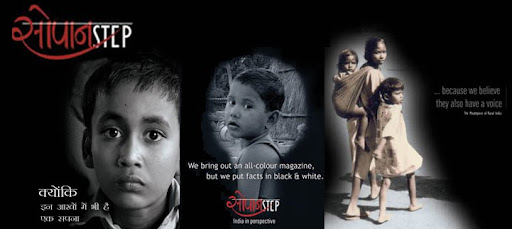
Sankar Ray / Kolkata
The country has suffered a lot by neglecting the environment-friendly rural economy. Time has come to reverse the trend
He unprecedented increase in the prices of essential commodities - specially staple food and vegetables as also domestic fuel - in India has bombarded the myth that we shall prosper and standard of living of common people only in we go along with reform. Needless to say, by reform we mean the reform model introduced by the International Monetary fund through the Structural Reform Program and its derivatives over time during the last two decades.
It is time to look critically at the neo-liberal compulsion in the name of development. We ought to have embarked on the correctional path years back when farmer suicides - almost wholly due to the mirage of cash crops ( farmers' absurd optimism around cash crop cultivation ) - and returned to growing paddy, wheat, bajra maize etc. Had this been done, we could face up to the global spate in prices of essential commodities better. Things would have been under better control if proper attention had been given to agro-based industries. Average weekly tea auction prices are upward, reflecting buoyant demand of domestic tea. India consumes internally over 70 per cent of teas produced India unlike Sri Lanka and Kenya which depend of overseas markets. So it's not that internal demand for agro-based essential commodities is affected due to the global crisis. It's exactly the opposite.
Then where does the shoe pinch? The continued neglect of rural economy and reckless land acquisition has inflicted a suicidal injury to the domestic
market. In West Bengal over two million hectares of farm land were taken over since independence for urbanization and industrialization. Industry alone had a slice of 93,995 hectares.. Orissa state government acquired about 40,000 hectares for industry between 1951 and 1995 and plans to acquire 40,000 hectares more. Goa transferred 3.5 percent of its landmass between 1965 and 1995 for urbanization and industrialization. About 60 million hectares of farm/rural land were taken over during the post-independence years.
But land-losers were not rehabilitated. It is very sad to note that the colonial practice goes unaltered. One- fifth of 60 million persons displaced or otherwise deprived of livelihoods between 1947 and 2000 were rehabilitated partially -if not in a namesake way. . "Even when a project resettles people, skewed land laws ensure that its benefits do not reach many of those affected", observed Walter Fernandes who did commendable studies on land transfer and rehabilitation. .
A study of development-induced displacement in Assam between 1947 and 2000 , going by official data under schemes like water resources, industries, defence, refugee rehabilitation, environment protection and transport grabbed 391,772.9 acres and displaced 343,262 persons. Unofficial sources reveal that over 1,40000 acres were used , displacing more than 1,90000 persons.
Pity is that apologists if neo-liberal reform continue to assert that reform is overdue and the existing economic framework would be unsustainable. According to new research conducted by the World watch Institute 70.2 million hectares of agricultural land worldwide have been sold or leased to foreign private and public investors since 2000. The bulk of these acquisitions - "land grabs" - between 2008 and 2010, peaking in 2009 created havoc. There is debate on the term 'land grab' but large-scale purchase of agricultural land by foreign investors is a menace Situation is worse in Africa. East Africa, which accounts for the greatest investment, witnessed over 300 deals covering 16.8 million hectares. "Increased investment in Africa's agricultural land reflects a decade-long trend of strengthening economic relationships between Africa and the rest of the world, with foreign direct investment to the continent growing 259 percent between 2000 and 2010", according to WWI.
Investor countries are spread fairly - rather evenly - around the globe. Of the 82 listed investor countries, states WWI, Brazil, India, and China account for 16.5 million hectares, or around 24 percent of the total hectares sold or leased worldwide. When the East Asian nations of Indonesia, Malaysia, and South Korea are included, this group of industrializing countries has been involved in 274 land deals covering 30.5 million hectares."
"In several cases namely, South Africa, China, Brazil, and India, there is an overlap between investor and target countries," according to a WWI-commissioned research scholar, C Scherer. "Yet most of the data paint one of two pictures: First, there is a new 'South-South' regionalism, in which emerging economies invest in nearby, culturally affiliated countries. The other trend is one of wealthy (or increasingly wealthy) countries, many with little arable land, buying up land in low-income nations especially those that have been particularly vulnerable to the financial and food crises of recent years," he went on.
According to Klaus Deininger, who conducted the study with firsthand data from 14 countries, where the most amount of land is available , "A consistent finding across regions is that better-defined land rights helped in many instances to improve efficiency and equity. Having rights protected is a necessary condition for making the best use of productive assets,"
Enough is enough. We - the people of developing countries like India - have suffered a lot for neglecting the environment-friendly rural economy. It has to be reversed.







